One of the defining characteristics of the modern era of space exploration is the open nature of it. In the past, space was a frontier that was accessible only to two federal space agencies – NASA and the Soviet space program. But thanks to the emergence of new technologies and cost-cutting measures, the private sector is now capable of providing their own launch services.
In addition, academic institutions and small countries are now capable of building their own satellites for the purposes of conducting atmospheric research, making observations of Earth, and testing new space technologies. It’s what is known as the CubeSat, a miniaturized satellite that is allowing for cost-effective space research.
Structure and Design:
Also known as nanosatellites, CubeSats are built to standard dimensions of 10 x 10 x 11 cm (1 U) and are shaped like cubes (hence the name). They are scalable, coming in versions that measure 1U, 2Us, 3Us, or 6Us on a side, and typically weigh less than 1.33 kg (3 lbs) per U. CubSats of 3Us or more are the largest, being composed of three units stacked lengthwise with a cylinder encasing them all.
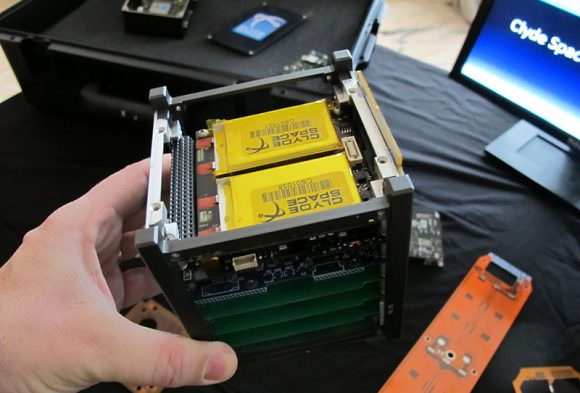
In recent years larger CubeSat platforms have been proposed, which include a 12U model (20 x 20 x 30 cm or 24 x 24 x 36 cm), that would extend the capabilities of CubeSats beyond academic research and testing new technologies, incorporating more complex science and national defense goals.
The main reason for miniaturizing satellites is to reduce the cost of deployment, and because they can be deployed in the excess capacity of a launch vehicle. This reduces the risks associated with missions where additional cargo has to be piggybacked to the launcher, and also allows for cargo changes on short notice.
They can also be made using commercial off-the-shelf (COTS) electronics components, which makes them comparably easy to create. Since CubeSats missions are often made to very Low Earth Orbits (LEO), and experience atmospheric reentry after just days or weeks, radiation can largely be ignored and standard consumer-grade electronics may be used.
CubeSats are built from four specific types of aluminum alloy to ensure that they have the same coefficient of thermal expansion as the launch vehicle. The satellites are also coated with a protective oxide layer along any surface that comes into contact with the launch vehicle to prevent them from being cold welded into place by extreme stress.
Components:
CubeSats often carry multiple on-board computers for the sake of carrying out research, as well providing for attitude control, thrusters, and communications. Typically, other on-board computers are included to ensure that the main computer is not overburdened by multiple data streams, but all other on-board computers must be capable of interfacing with it.
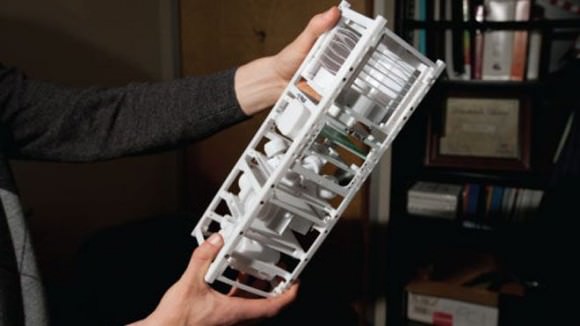
Typically, a primary computer is responsible for delegating tasks to other computers – such as attitude control, calculations for orbital maneuvers, and scheduling tasks. Still, the primary computer may be used for payload-related tasks, like image processing, data analysis, and data compression.
Miniaturized components provide attitude control, usually consisting of reaction wheels, magnetorquers, thrusters, star trackers, Sun and Earth sensors, angular rate sensors, and GPS receivers and antennas. Many of these systems are often used in combination in order to compensate for shortcomings, and to provide levels of redundancy.
Sun and star sensors are used to provide directional pointing, while sensing the Earth and its horizon is essential for conducting Earth and atmospheric studies. Sun sensors are also useful in ensuring that the CubsSat is able to maximize its access to solar energy, which is the primary means of powering a CubeSat – where solar panels are incorporated into the satellites outer casing.
Meanwhile, propulsion can come in a number of forms, all of which involve miniaturized thrusters providing small amounts of specific impulse. Satellites are also subject to radiative heating from the Sun, Earth, and reflected sunlight, not to mention the heat generated by their components.
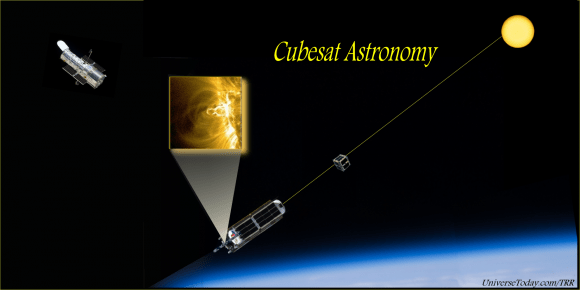
As such, CubeSat’s also come with insulation layers and heaters to ensure that their components do not exceed their temperature ranges, and that excess heat can be dissipated. Temperature sensors are often included to monitor for dangerous temperature increases or drops.
For communications, CubeSat’s can rely on antennae that work in the VHF, UHF, or L-, S-, C- and X-bands. These are mostly limited to 2W of power due to the CubeSat’s small size and limited capacity. They can be helical, dipole, or monodirection monopole antennas, though more sophisticated models are being developed.
Propulsion:
CubeSats rely on many different methods of propulsion, which has in turn led to advancements in many technologies. The most common methods includes cold gas, chemical, electrical propulsion, and solar sails. A cold gas thruster relies on inert gas (like nitrogen) which is stored in a tank and released through a nozzle to generate thrust.
As propulsion methods go, it is the simplest and most useful system a CubeSat can use. It is also one of the safest too, since most cold gases are neither volatile nor corrosive. However, they have limited performance and cannot achieve high impulse maneuvers. Hence why they are generally used in attitude control systems, and not as main thrusters.
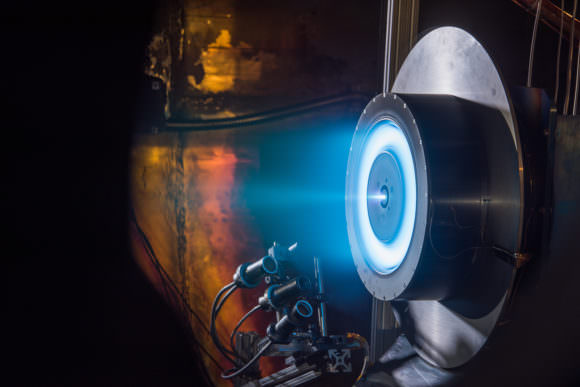
Chemical propulsion systems rely on chemical reactions to produce high-pressure, high-temperature gas which is then directed through a nozzle to create thrust. They can be liquid, solid, or a hybrid, and usually come down to the combination of chemicals combined with a catalysts or an oxidizer. These thrusters are simple (and can therefore be miniaturized easily), have low power requirements, and are very reliable.
Electric propulsion relies on electrical energy to accelerate charged particles to high speeds – aka. Hall-effect thrusters, ion thrusters, pulsed plasma thrusters, etc. This method is beneficial since it combines high specific-impulse with high-efficiency, and the components can be easily miniaturized. A disadvantage is that they require additional power, which means either larger solar cells, larger batteries, and more complex power systems.
Solar sails are also used as a method for propulsion, which is beneficial because it requires no propellant. Solar sails can also be scaled to the CubSat’s own dimensions, and the satellite’s small mass results in the greater acceleration for a given solar sail’s area.
However, solar sails still need to be quite large compared to the satellite, which makes mechanical complexity an added source of potential failure. At this time, few CubeSats have employed a solar sail, but it remains an area of potential development since it is the only method that needs no propellant or involves hazardous materials.

Because the thrusters are miniaturized, they create several technical challenges and limitations. For instance, thrust vectoring (i.e. gimbals) is impossible with smaller thrusters. As such, vectoring must instead be achieved by using multiple nozzles to thrust asymmetrically or using actuated components to change the center of mass relative to the CubeSat’s geometry.
History:
Beginning in 1999, California Polytechnic State University and Stanford University developed the CubeSat specifications to help universities worldwide to perform space science and exploration. The term “CubeSat” was coined to denote nano-satellites that adhere to the standards described in the CubeSat design specifications.
These were laid out by aerospace engineering professor Jordi Puig-Suari and Bob Twiggs, from the Department of Aeronautics & Astronautics at Stanford University. It has since grown to become an international partnership of over 40 institutes that are developing nano-satellites containing scientific payloads.
Initially, despite their small size, academic institutions were limited in that they were forced to wait, sometimes years, for a launch opportunity. This was remedied to an extent by the development of the Poly-PicoSatellite Orbital Deployer (otherwise known as the P-POD), by California Polytechnic. P-PODs are mounted to a launch vehicle and carry CubeSats into orbit and deploy them once the proper signal is received from the launch vehicle.
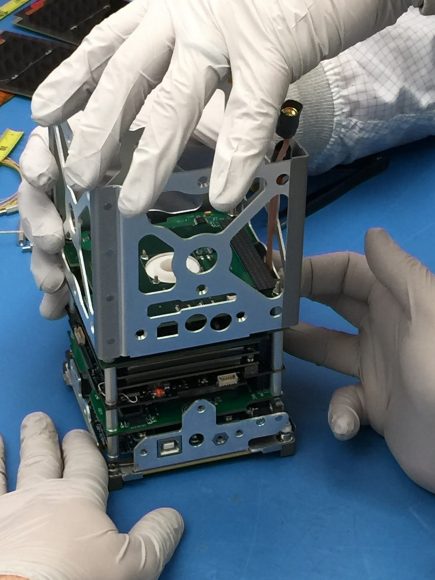
The purpose of this, according to JordiPuig-Suari, was “to reduce the satellite development time to the time frame of a college student’s career and leverage launch opportunities with a large number of satellites.” In short, P-PODs ensure that many CubeSats can be launched at any given time.
Several companies have built CubeSats, including large-satellite-maker Boeing. However, the majority of development comes from academia, with a mixed record of successfully orbited CubeSats and failed missions. Since their inception, CubeSats have been used for countless applications.
For example, they have been used to deploy Automatic Identification Systems (AIS) to monitor marine vessels, deploy Earth remote sensors, to test the long term viability of space tethers, as well as conducting biological and radiological experiments.
Within the academic and scientific community, these results are shared and resources are made available by communicating directly with other developers and attending CubeSat workshops. In addition, the CubeSat program benefits private firms and governments by providing a low-cost way of flying payloads in space.
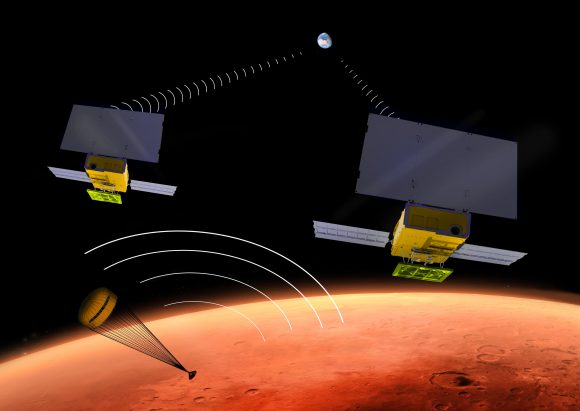
In 2010, NASA created the “CubeSat Launch Initiative“, which aims to provide launch services for educational institutions and non-profit organizations so they can get their CubeSats into space. In 2015, NASA initiated its Cube Quest Challenge as part of their Centennial Challenges Programs.
With a prize purse of $5 million, this incentive-competition aimed to foster the creation of small satellites capable of operating beyond low Earth orbit – specifically in lunar orbit or deep space. At the end of the competition, up to three teams will be selected to launch their CubeSat design aboard the SLS-EM1 mission in 2018.
NASA’s InSight lander mission (scheduled to launch in 2018), will also include two CubeSats. These will conduct a flyby of Mars and provide additional relay communications to Earth during the lander’s entry and landing.
Designated Mars Cube One (MarCO), this experimental 6U-sized CubeSat will will be the first deep-space mission to rely on CubeSat technology. It will use a high-gain, flat-paneled X-band antenna to transmit data to NASA’s Mars Reconnaissance Orbiter (MRO) – which will then relay it to Earth.
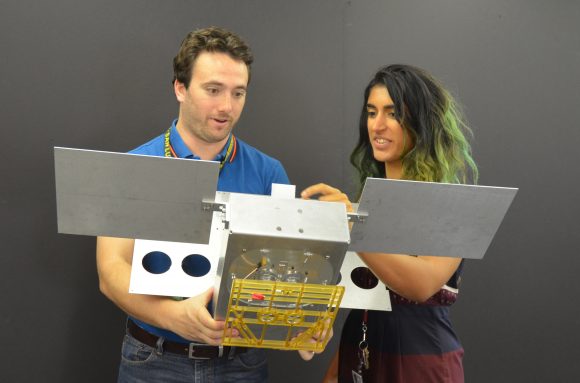
Making space systems smaller and more affordable is one of the hallmarks of the era of renewed space exploration. It’s also one of the main reasons the NewSpace industry has been growing by leaps and bounds in recent years. And with greater levels of participation, we are seeing greater returns when it comes to research, development and exploration.
We have written many articles about CubeSat for Universe Today. Here’s Planetary Society to Launch Three Separate Solar Sails, First Interplanetary CubeSats to Launch on NASA’s 2016 InSight Mars Lander, Making CubeSats do Astronomy, What Can You Do With a Cubesat?, These Cubesats Could Use Plasma Thrusters to Leave Our Solar System.
If you’d like more info on the CubeSat, check out CubeSat’s official homepage.
We’ve recorded an episode of Astronomy Cast all about the Space Shuttle. Listen here, Episode 127: The US Space Shuttle.
Sources:

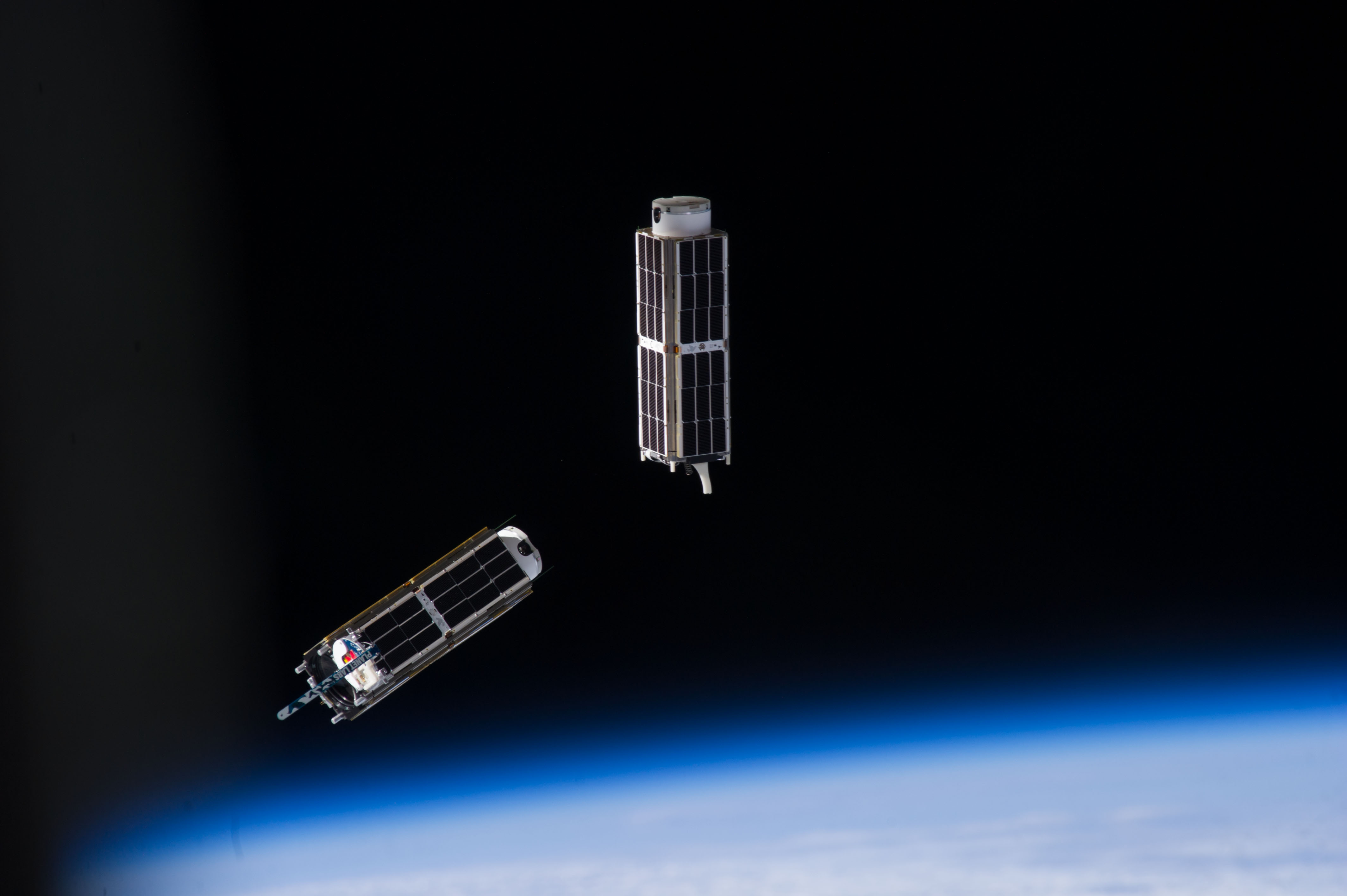
Call me picky, but if they are 10x10x11 they are not shaped like cubes.